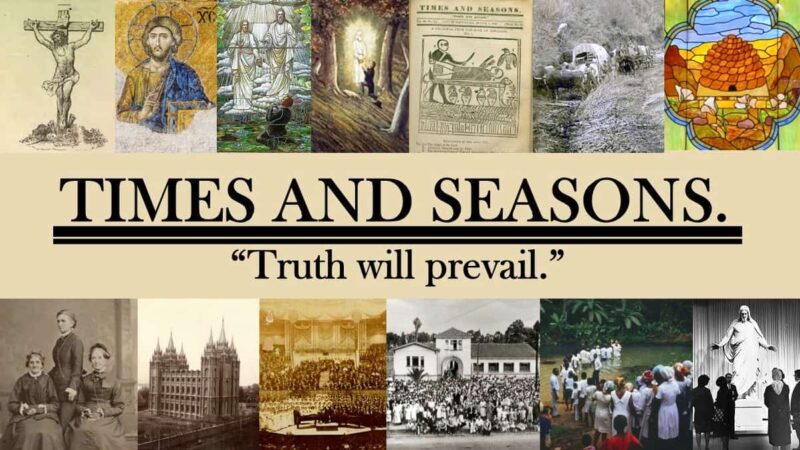Category: Lesson Aids
-
Literary BMGD #42: The Gospel
In the final minutes of his visit with the Nephites (3 Nephi 27), Christ makes clear that the church established for the Nephites must bear his name and teach his gospel. He even specifies elements of his gospel: the atonement and resurrection, the final judgment, repentance, baptism, faith in Jesus Christ, the gift of the…
-
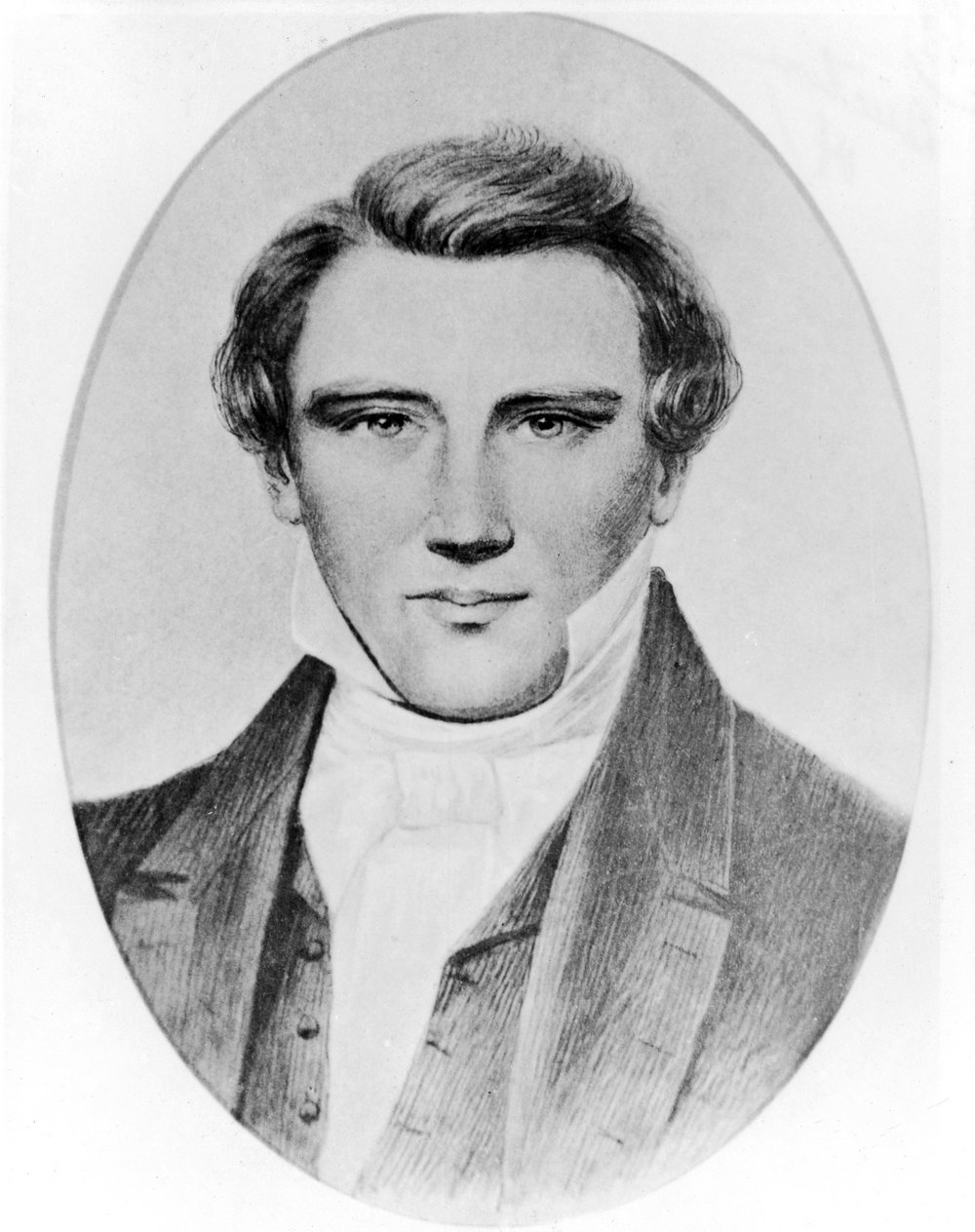
Literary BMGD #41: A Vision
Poetry by Joseph Smith? That is certainly not what Joseph Smith is known for, nor is it often claimed that he was a poet in all the writing and studies made about him. [Orson F. Whitney is the exception that comes to mind.] But the following poem, when published in 1843, carried his byline when…
-
Literary BMGD #40: The Gathering
Gospel Doctrine lesson 40 for the Book of Mormon talks about a subject that isn’t explored as often in Mormonism today: The Gathering. In Joseph Smith’s day it not only mean the gathering, literal and spiritual, of the House of Israel, but it also meant the gathering of Mormon converts to the ‘center place’ of…
-
Literary BMGD #39: Phelps’ The Lord’s Prayer
In the middle of his visit to the Nephites, Christ leaves the people for the night and then returns the following day (as recounted in 3 Nephi 17-19). Before he leaves, and then again after he returns the next day, Christ teaches the Nephites about prayer, and provides them with examples of prayers—one of which…
-
Literary BMGD #38: Christ’s Ministry to the Nephites, part 2
Following the destruction that accompanied Christ’s crucifixion, the Nephites and Lamanites didn’t see relief, or light, until his resurrection and visit to the Americas. This story, found in 3 Nephi 11, is the culmination of the Book of Mormon narrative, the central meaning of the book. His arrival is also the central point of Parley…
-
Literary BMGD #37: Christ’s Ministry to the Nephites, part 1
During the crucifixion of Christ as portrayed in 3rd Nephi, the devastation seems like it is beyond our understanding. Certainly the descriptions portray devastation on a level that no one today has experienced. The very earth reacts to the death of the Savior, and continues that reaction, apparently until his resurrection on the third day.…
-
Literary BMGD #36: Who Watched in Faith
With the beginning of what we Mormons can call the fifth gospel, the Book of Mormon begins the story of Christ’s birth, life, death and visit to the Americas, all from the perspective of the people’s there. And the initial story in 3rd Nephi is quite different from those in the New Testament. Here we…
-
Literary BMGD #35: The Savior is Coming
Spiritual history is replete with types and shadows. The similarities that appear between events in widely-separated places and times lead to the conclusion that the Lord is trying to point out some truth to us, something we need to understand. I see a kind of repetition in this week’s Gospel Doctrine lesson, in which Samuel…
-
Literary BMGD #34: On Home
Chapters 6 to 12 of Helaman highlight what Mormons have come to call the “pride cycle” — the cycle from righteousness and prosperity to pride and wickedness to suffering and to humility and repentance, leading back to righteousness and prosperity. Its a fascinating concept, one that I’m afraid we use too often to describe the…
-
Literary BMGD #33: The Epitaph
The corruption and internal strife in the initial chapters of Helaman are marked by the rise of secret combinations among the Nephites and Gadianton’s rule over the band eventually known as Gadianton’s Robbers. While I think our society today is far from the level of corruption seen then, we certainly deal with similar corruption to…
-
Literary BMGD #32: The Hero’s Reward and Death of Teancum
The story of Helaman’s 2060 stripling warriors (the subject of Sunday School lesson #33) is another of the most cited and, I assume, the more beloved among young men and boys. However, the main idea broached in the lesson, that these young men were righteous and obeyed “every word of command with exactness,” could easily…
-
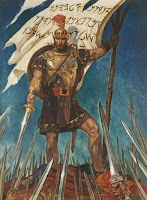
Literary BMGD #31: Ode for the Fourth Day of July and Columbia—My Country
The 10 chapters in this week’s Sunday School lesson (#31) are among the most exciting in the Book of Mormon—at least if you are a 10-year-old boy. They tell the story of Captain Moroni, the battles he fought for freedom, and his “Title of Liberty.” Of course, even for adults they are important chapters, detailing…
-
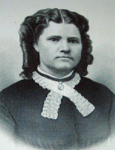
Literary BMGD #30: The Saddest Death
As Alma talks with his son Corianton in Alma 40-42, he realizes that Corianton does not understand some basic elements of the Plan of Salvation. From what Alma teaches him, we can surmise that Corianton doesn’t understand that all will be resurrected, that each person will be resurrected according to their words in this life…
-
Literary BMGD #29: Two poems — Oh taste not of the cup; Be Slow to Condemn
Alma 36 to 39 contain Alma’s advice to his three sons, Helaman, Shiblon and Corianton, which led me to the idea of parental advice—something that usually accumulates bit by bit over years rather than all in one block as Alma seems to have done with his sons. Of this advice, perhaps the most famous, especially…
-
Literary BMGD #28: Lines written for Lydia Snow
Today Alma’s discourse on the development of faith in Alma 32 is well known among Mormons and widely referred to on almost any discussion of faith. The “nourishing” of seeds and plants is, of course, common in poetry — its the comparison of seeds and growth with faith or the word that is important to…
-
Literary BMGD #27: Psalm LII
The chief character in Alma 30, the first of the two chapters in lesson 27, is Korihor, the anti-Christ, who preaches, among other things, the contradictory ideas that there will be no Christ and that the future can’t be known. By the end of the chapter Korihor has begged for a sign and been struck…
-
Literary BMGD #26: War
The Anti-Nephi-Lehies, the focus of Book of Mormon lesson #26, have to be the most unusual group in the Book of Mormon. Their choice of pacifism is unequaled in scripture, except possibly by the people of Enoch. While the lesson concentrates on their conversion and how that led them to turn to pacifism, I think…
-
Literary BMGD #25: To Elder L. Snow
Among the most beloved figures in the Book of Mormon are the four sons of Mosiah, who, after their conversion, take leave of their native land and homes and serve missions among the Lamanites. Where missionaries today serve for just a couple of years or less, the sons of Mosiah served a total of 14…
-
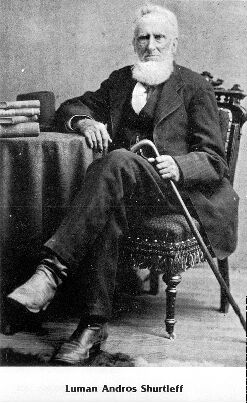
Literary BMGD #24: Why Should the Christian Sigh
One of the most stunning acts of persecution in the scriptures has to be the attack on the believers in Ammonihah described in Alma 14. Those who have heeded the words of Alma and Amulek, men, women and children, are taken by the mob, bound and cast into fire, along with their scriptures while Alma…
-
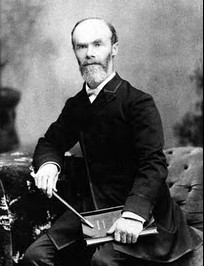
Literary BMGD #23: Our Missionaries
Much of the Book of Alma covers Alma’s missionary efforts in the land of the Nephites, and in this week’s chapters, Alma 8-12, he meets and preaches with his principle missionary companion, Amulek. Unlike the experiences of the sons of Mosiah, Alma and Amulek’s experiences aren’t always successful in the end. Instead, they face many…
-
Literary BMGD #22: The Christian’s Temptation and Triumph
The oft-described poverty and pride cycle in the Book of Mormon means that the peoples in Zarahemla and elsewhere repeatedly have to repent, generally in response to preaching or adversity. The first few chapters of Alma are no exception. In chapters 5-7, Alma preaches repentance, urging them to experience a “mighty change” of heart, and…
-
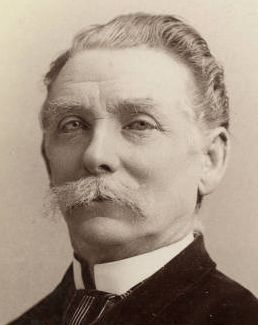
Literary BMGD #21: Our Kings
In the final chapter of Mosiah, King Mosiah and his people face the fundamental political question—what form of government to choose. After Mosiah demonstrates the potential problems with a monarchy, the people choose a more democratic form of government, under the rule of judges. As the first chief judge, Alma then discovers that even democracy…
-
Literary BMGD #20: No one doth know
The principal event in Mosiah 25-28, which is also beautifully and familiarly described in Alma 36, is Alma the Younger’s miraculous conversion. To capture this, I looked for a literary work in the public domain that expressed either the agony that Alma felt or the ecstasy he obtained after his acceptance of the Lord.
-
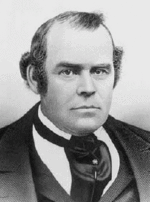
Literary BMGD #19: Baptism
I think the most significant event in Mosiah 18-24 is the baptism of Alma and his followers in the Waters of Mormon. There we find the great description of the Baptismal covenant, in which those baptized …are willing to mourn with those that mourn; yea, and comfort those that stand in need of comfort, and…
-
Literary BMGD #18: O give me back my Prophet dear
Perhaps the most striking part of the Book of Mormon covered in lesson 18 is the martyrdom of Abinadi. Like many martyrs who have suffered since his time, Abinadi testified of what he knew to be true only to find his testimony rejected and his life taken for it. He sealed his testimony with his…
-
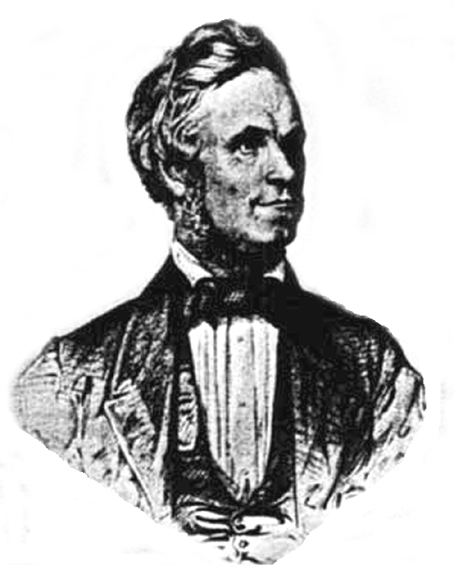
Literary BMGD #17: The Seer
Often LDS lessons based on the scriptures cover such a broad range of topics in the scriptures given that the stated theme of the lesson doesn’t capture what is going on in the scripture passages. While this lesson is certainly one of those times, the poem I found is really about the stated theme of…
-
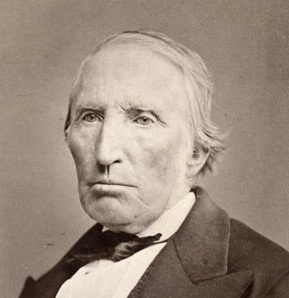
Literary BMGD #16: Forgiveness
The culmination of King Benjamin’s address to his people was the “mighty change” they experienced which led them to repent and covenant to keep the commandments and to seek to do good continually. While the scripture says that they “had no more disposition to do evil,” given the later history of this people, we might…
-
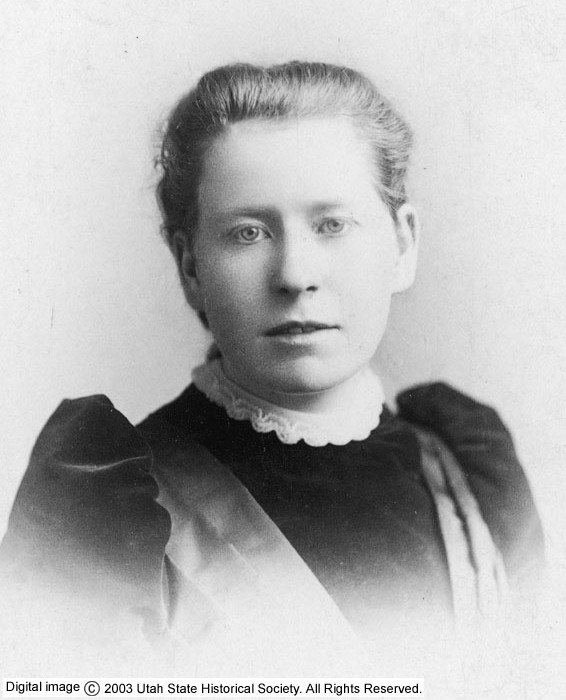
Literary BMGD #15: If I Had Time
King Benjamin’s oft-cited dictum that service to our fellow man is service to God is well known among Mormons. And, if surveys like the recent University of Pennsylvania survey are accurate, Mormons do quite well putting the idea in practice. Still, better than others doesn’t mean that we are where we should be or ought…
-
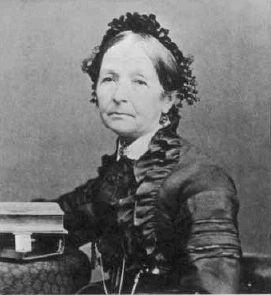
Literary BMGD #14: Awake! ye Saints of God awake!
Perhaps the most dramatic incident in gospel doctrine lesson #14 is Enos’ prayer; an example that has no doubt led many LDS Church members to wonder about their persistence and perseverance in prayer. Indeed, Enos’ story of his prayer is generally taken as a lesson in how to pray and what prayer means. It might…
